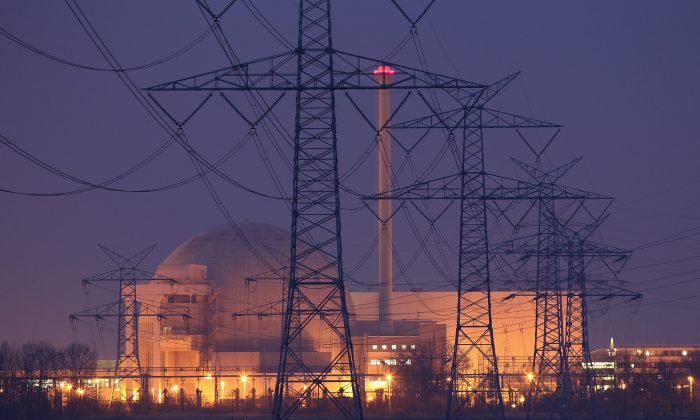Agency Reports Global Electric Grids Are Inadequate to Meet Renewable Energy Targets
While investments in renewable energy have doubled since 2010, funding for power grids has remained stagnant. According to a recent report by the International Energy Agency (IEA), the capacity of the electricity grid worldwide is not keeping up with the rapid growth of “clean energy” technologies. This could potentially jeopardize governments’ climate goals. The report states that in order to achieve the climate goals set by global governments, more than 80 million kilometers (49.7 million miles) of electric grids need to be added or refurbished by 2040, which is equivalent to the entire existing global grid. Despite the increasing pace of electrification and renewables deployment, there is a risk of the clean energy transition slowing down due to a lack of adequate grids to connect the new electricity supply with the demand. The report highlights that there are currently at least 3,000 gigawatts (GW) of renewable power projects waiting in grid connection queues, which is equivalent to five times the amount of solar PV and wind capacity added in 2022. The report warns that grids are becoming a bottleneck for transitions to net-zero emissions. While investments in renewable energy have been increasing rapidly, investment in power grids has remained static at around $300 billion annually. The report emphasizes that delays in establishing the necessary power grid could put the target of limiting the global increase in average temperature to 1.5 degrees Celsius above pre-industrial levels, as agreed upon in the 2015 Paris Climate Accords, out of reach. The IEA presents a “Grid Delay Case” scenario in which the modernization of existing power grids and the establishment of new grids do not happen in a timely manner. In this scenario, there would be 58 gigatonnes of additional CO2 emissions from the power sector, surpassing the national climate targets. The report states that boosting power grid infrastructure is crucial to achieving the transition to green energy, but acknowledges that attempts to transition could potentially endanger the reliability of the grid. The power grid issue is not limited to global efforts. In the United States, there is a shortage of electric transformers, which are integral to the power grid. This shortage is hindering the expansion of the grid. Additionally, preparing the grid for an electric economy poses cost challenges, such as the need for more transformers and replacements for power poles, which can drive up costs. The IEA report notes that upgrading grid infrastructure is a time-consuming process, taking five to 15 years to plan, permit, and complete. Renewable energy projects, on the other hand, can be completed in a shorter timeframe. The report highlights the need to double grid investment by 2030 from current levels to over $600 billion per year. While renewable energy is presented as a pro-climate action, there are also pollution risks associated with these projects. For example, the disposal of solar panels can pose environmental risks due to toxic chemicals and minerals. Therefore, while investments in renewable energy are crucial for addressing climate change, equal attention must be given to upgrading power grids and addressing potential environmental concerns.
Source link




